June was below normal in the southwest and all across the northern tier. July for the first three weeks was exceptionally cold, in many places ranking among the top 5 coldest. More seasonable temperatures the last week of the month (especially in the east) will diminish the anomalies a little but the month will end up cold.
There really has been no heat wave so far in most of the major metropolitan areas, saving on air conditioning but with both chilly temperatures and frequent rains, cutting back on summer beach traffic and outdoor activity. Many experienced forecasters in the Great Lakes and northeast have noted similarities to the volcanic summer of 1992 (more on that next week).
Yet this year, NOAA and the EPA released reports suggesting heat wave frequency was increasing and would continue to do so this century. The reports were based on the IPCC findings but unencumbered by the facts, armed with supercharged models and emboldened by an alarmist administration, the authors made even more extreme even ridiculous claims.
One Claim - Heat Waves Increasing
The UN, NOAA and the EPA in their analyses made the following claims:
Widespread changes in extreme temperatures have been observed in the last 50 years. Globally, cold days, cold nights, and frost have become less frequent, while hot days, hot nights, and heat waves have become more frequent.Reality
Severe heat waves are projected to intensify in magnitude and duration over the portions of the U.S. where these events already occur, with potential increases in mortality and morbidity, especially among the elderly, young and frail.
There is no indication that record heat is increasing in frequency, in fact the data shows a precipitous decline in the number of heat records in recent decades. The early 20th century dominates the heat statistics for the United States and the world.
The presumption that global heat waves and extremes have increased in frequency is not supported by the official government data. NOAA's NCDC shows that record high temperature by continent have occurred mainly in the 1880s and early 1900s, with only 1 post 1950 (Antarctica in 1974).
In the United States, there has been almost a total absence of new statewide records. There was no evidence of extreme warming based on temperature extremes (below).
When examined on a state by state basis, the 1930s jumps out as the warmest decade with 24 state records. 37 records occurred before the 1970s (below).
In Des Moines, Iowa, a continental climate far away from any large scale maritime influence, one would expect to see the effects of global warming extremes most. However that is not the case in the peak heat months of June and July. The last record highs in the months of June and July were in 1988. Here again, the 1930s dominate with 33 of the possible 61 record daily highs (below).
In Central Park, New York, where urbanization warmth is certainly an issue, the peak warmth again occurred early in the period with 100F days peaking in the 1930s and 1950s and 90F degree days the 1940s, a secondary maximum occurred in the 1990s but the number of extreme heat days with one summer to go has declined this decade (below).
Source NWS Central Park - 90F days, 100F days.
The heat was clearly most dominant in the middle of the 20th century with a "secondary" smaller max in recent decades. Here too, there is no evidence of an increasing trend.
See PDF of this introduction here. See a more complete analysis including evidence the models are failing and that morbidity for cold is greater than heat and that overall morbidity for extremes had been declining for decades not increasing here.
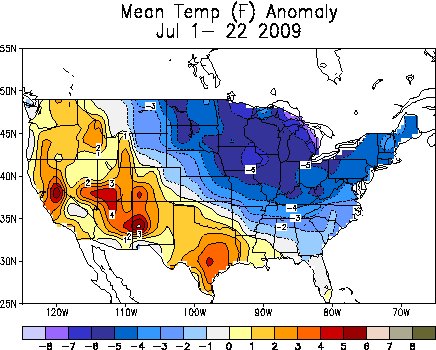
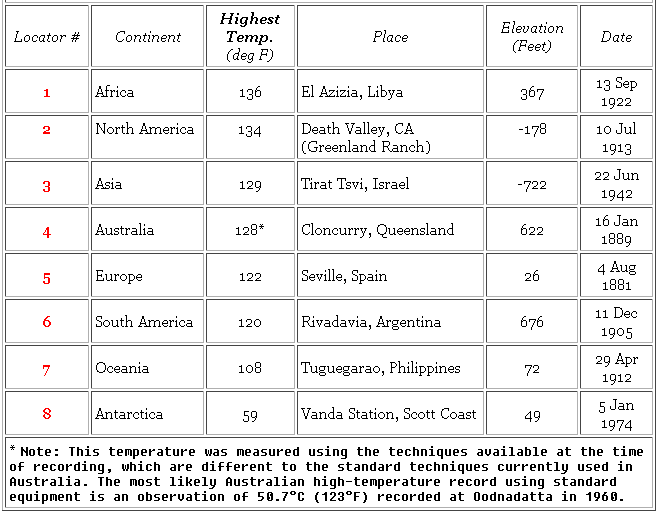
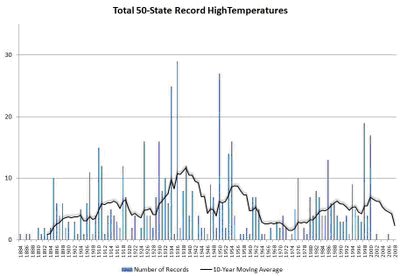
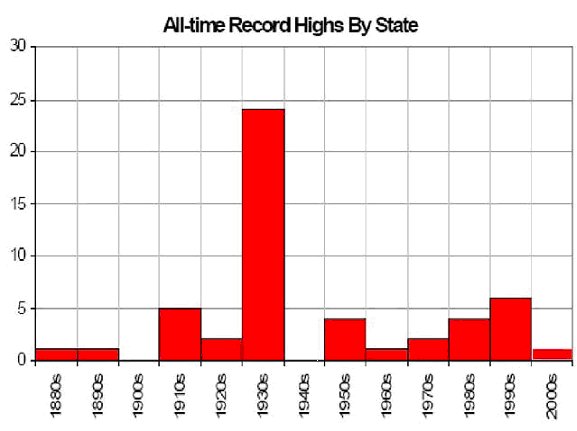
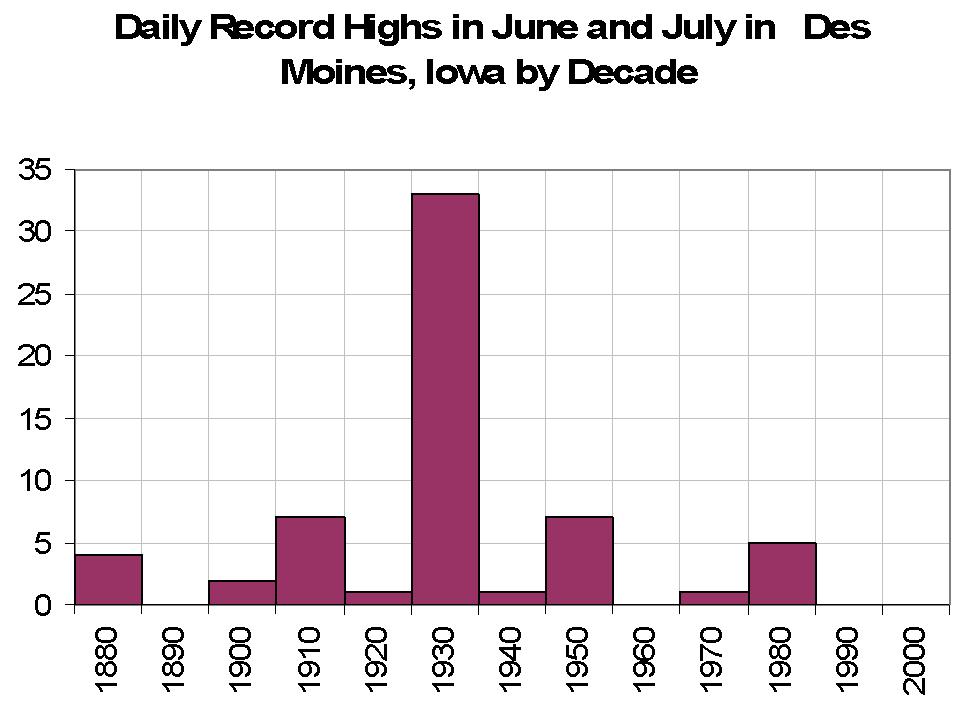
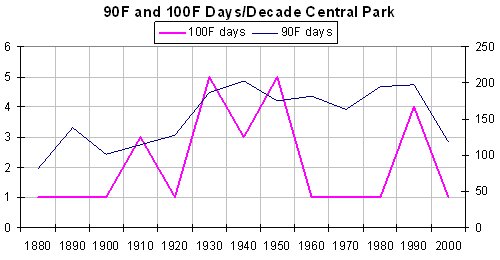



Reader Comments
to our Newsletter